Uisangdae Pavilion (낙산사 의상대)
14.6Km 2024-12-26
100 Naksansa-ro, Yangyang-gun, Gangwon-do
+82-33-672-2447
This pavilion is located on a seaside cliff on the way from Yangyang’s Naksansa Temple to Gwaneumgul Cave of Hongnyeonam Hermitage. The word “dae” in Uisangdae refers to a building built at a vantage point for areas with beautiful scenery. Indeed, the view of the East Sea and the coast from Uisangdae Pavilion awarded its recognition as one of the Eight Sights of Yangyang, and a must-visit place for all visitors to Naksansa Temple. Jeong Cheol (pen-name: Songgang), a famed scholar and writer of the poem Song of Diamond Mountains, chose the pavilion as one of the Eight Sights of Gwandong, and the pavilion is today one of the popular sites for sunrise-viewing on the east coast of Korea. Together with Hongnyeonam Hermitage, it is designated as the Scenic Site No. 27 of Korea under the name “Uisangdae Pavilion and Hongnyeonam Hermitage of Naksansa Temple, Yangyang.” Uisangdae is named after Uisang, a respected Silla-era Buddhist monk who is said to have founded this temple in 671 (11th year of King Munmu’s reign of Silla), and many stories of his deeds can still be found in the temple. For instance, Uisangdae is said to be the site where he meditated before founding Naksansa Temple at its present site. Today’s pavilion was restored to its present hexagonal form in 1995.
Jeongin Hoesikdang (정인회식당)
14.9Km 2024-02-16
32 Naksansa-ro, Ganghyeon-myeon, Yangyang-gun, Gangwon-do
Jeongin Hoesikdang, situated near Naksan Beach in Yangyang, specializes in mul hoe (cold raw fish soup) and saengseon jjigae (fish jjigae). It prides itself on using fresh fish, sourced from nearby ports and used within a day of purchase. The restaurant's signature dish is sanureok maeuntang (spicy rockfish stew). Other popular menu items include modeum mul hoe (assorted cold raw fish soup), seongge albap (sea urchin roe rice), and ojingeo hoe deopbap (raw squid bibimbap). Additionally, soups like gomchi tang (spicy moray eel stew) and haemul tang (spicy seafood stew) are also highly recommended. For guests interested in local attractions, the scenic Naksansa Temple and Naksanhaebyeon Beach are nearby.
Manhae Village (만해마을)
15.0Km 2021-07-29
91, Manhae-ro, Inje-gun, Gangwon-do
+82-33-462-2303
Manhae Village was established as a training center and memorial hall for national activist Monk Manhae Han Yongun, revered for his literary and philosophical inspiration, as well as his devotion to the nation and Korean people during the Democracy Movement.
Naksan Beach (낙산해수욕장)
15.3Km 2024-12-27
59 Haemaji-gil, Yangyang-gun, Gangwon-do
+82-33-670-2518
Naksan Beach is one of the most famous beaches in Yangyang, located in Joseon-ri, Yangyang-eup, Yangyang-gun, Gangwon-do. Since its opening in 1963, it has attracted more than 1 million visitors each year, its reputation being rivaled only by the Gyeongpodae Beach on the east coast of Korea. The 4 kilometer-long sand beach contrasts magnificently with the lush pine trees of the area. The water is less than 1.5 meter deep, making it a good place for all ages. Naksanhang Port marks one end of the beach, behind which Naksan Mountain, the location of Naksansa Temple, can be found. The other end has a lake formed at the delta of Namdaecheon Stream, which originates from Seoraksan Mountain. Many cafes, convenience stores, restaurants, and accommodations cater to the needs of the visitors. The beach sees considerable traffic in winter as well, when it serves as a popular venue for sunrise-watching, particularly for the New Year’s Day festival.
Bongsudae Beach (봉수대해변)
15.5Km 2022-08-04
Oho-ri, Goseong-gun, Gangwon-do
+82-33-680-3356
Bongsudae Beach is located 200 meters north of Sampo Beach and the white-sand coastline stretches along the side of National Road No. 7. This beach was opened in 1997, and remains relatively cleaner than other beaches. The beach is used as an auto-camping site in summer. The beach shore is only 800 meters long and 50 meters wide, but boasts clean and fine sand.
Songjiho Makguksu (송지호막국수)
15.8Km 2025-11-05
5866 Donghae-daero Jugwang-myeon, Goseong-gun, Gangwon-do
Restaurants of‘In the Soop : Friendship trip’
In Gangwon-do, various cuisines using buckwheat have developed. One of the most popular menu items is probably the Buckwheat Noodles. Songjiho Makguksu, the place they go to eat in Episode 1 of In the Forest, was famous for its Buckwheat Noodles before filming. Buckwheat Noodles with plenty of Radish Water Kimchi, seasoning, and Perilla Oil, warm Mandu, and thin Potato Pancake will make a hearty meal during your trip.
Deungbul Garden (등불가든)
15.9Km 2024-02-16
23 Powolladeul-gil, Yangyang-eup, Yangyang-gun, Gangwon-do
Located near Naksanhaebyeon Beach, Deungbul Garden specializes in Korean beef and pine mushroom dishes. Its signature dishes are hanu gui (grilled Korean beef) and songibeoseot jeongol (pine mushroom hot pot). The restaurant prides itself on serving tender and juicy Korean beef, which pairs exceptionally well with the pine mushrooms, a regional specialty known for their superior flavor, especially when grilled with the beef. Pine mushrooms, named for their growth under pine trees and their pinecone-like aroma, are celebrated for their fragrance, scent, and texture, making them a premier ingredient in Korean cuisine. The menu also features other delectable options like songibeoseot bulgogi (pine mushroom and bulgogi), yukhoe (beef tartare), and kongnamul doenjang jjigae (bean sprout soybean paste jjigae).
Deungbul Garden (등불가든)
15.9Km 2025-01-23
23 Powolladeul-gil, Yangyang-eup, Yangyang-gun, Gangwon-do
This restaurant serves the delectable combination of pine mushrooms and Yangyang Korean beef. Every fall, you can enjoy grilled natural pine mushrooms with Korean beef special cuts and rib eye. Note that while the meat is served throughout the year, pine mushrooms are only offered when they can be harvested. Other popular dishes include Korean beef bulgogi with pine mushrooms and hot pot. American pop singer and producer Kanye West once visited this restaurant.
Ocean Valley Resort (오션벨리리조트)
16.2Km 2025-03-16
127-30, Ilchul-ro, Yangyang-gun, Gangwon-do
+82-33-672-4200
Ocean Valley Resort is located on the sandy shore of Naksan Beach staring out at the clean blue waters of the East Sea. The resort is the closest accommodation to the ocean in the nation. Since its opening in 2001, the resort has continued to strive to provide the best service in order for customers to have an unforgettable experience. The resort is open all year long, allowing guests to enjoy a range of activities like Naksan Beach in the summer to skiing in the winter.
There are many attractions close to the resort including Naksansa Temple, Cheoksan Hot Springs, Osaek Mineral Spring, and Unification Observatory. Guests can also enjoy a wide range of leisure sports like sea fishing, boating, water skiing and golf. Ocean Valley Resort is an environmentally conscious resort that uses solar power to cover its energy needs.
Seoraksan National Park (Southern Section) (설악산국립공원 (남설악))
16.3Km 2024-04-02
801 Seorak-ro, Yangyang-gun, Gangwon-do
Seoraksan Mountain, the highest amid the Taebaek Mountain Range, boasts beautiful landscape and scenery all year round. To the east of Hangyeryeong and Misiryeong Passes is classified as the outer section ("Oeseorak"), to the west is the inner section ("Naeseorak"); and to the south of Hangyeryeong Pass as the southern section ("Namseorak").
The southern section is famous for its mineral water, hot springs, and waterfalls including Yongsopokpo, Sibipokpo, and Yeosinpokpo Falls. Jeongbongsan Mountain (1,424.2 meters) is also included in the area. There are also several different hiking courses varying in distance and duration.
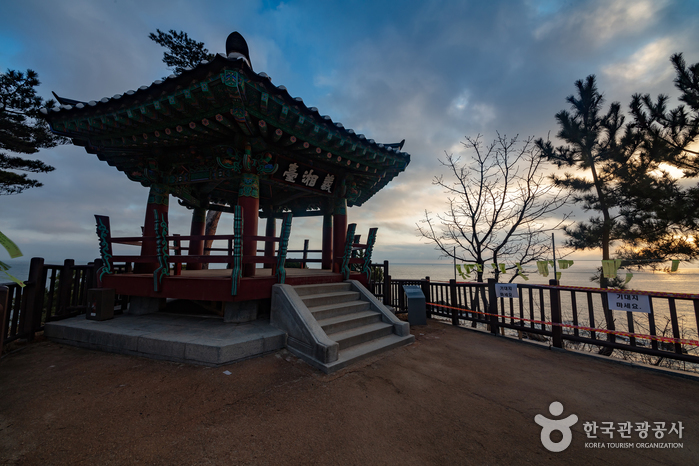
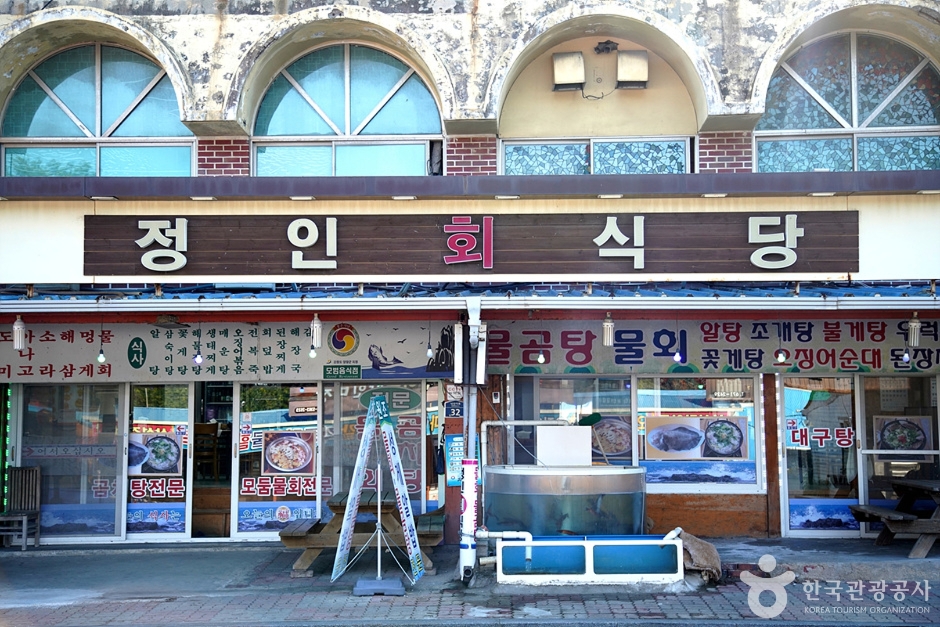
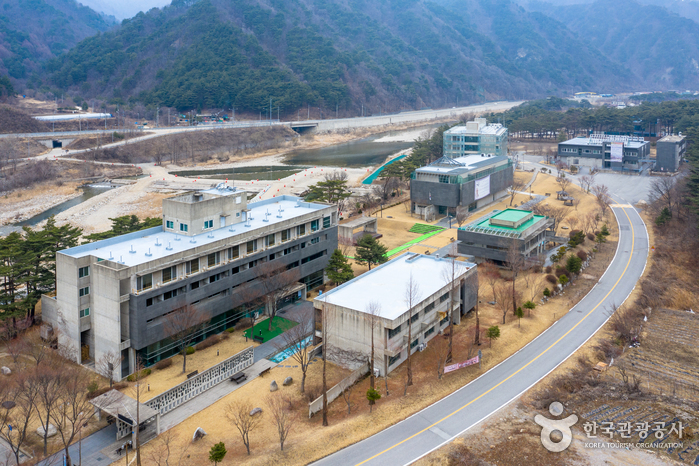
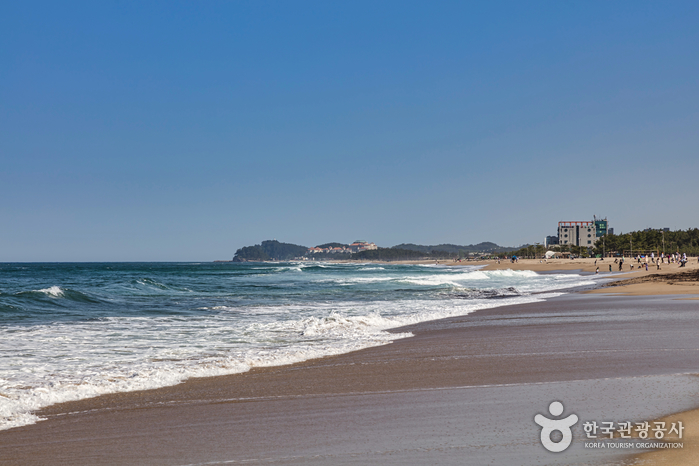
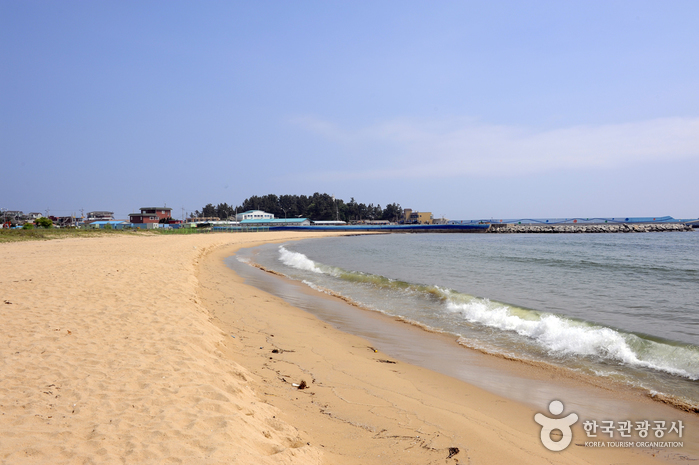
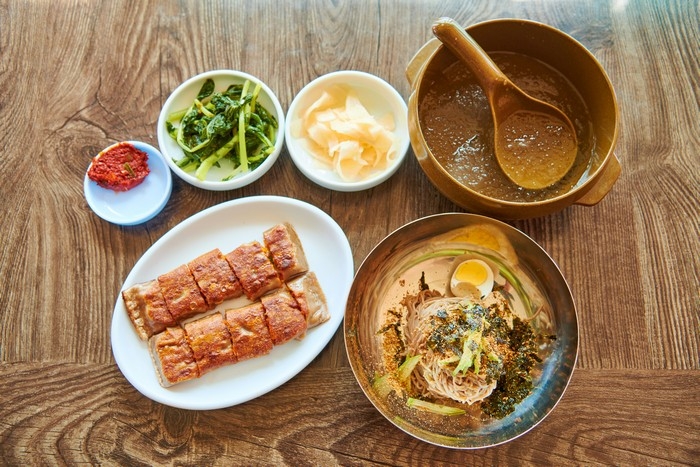
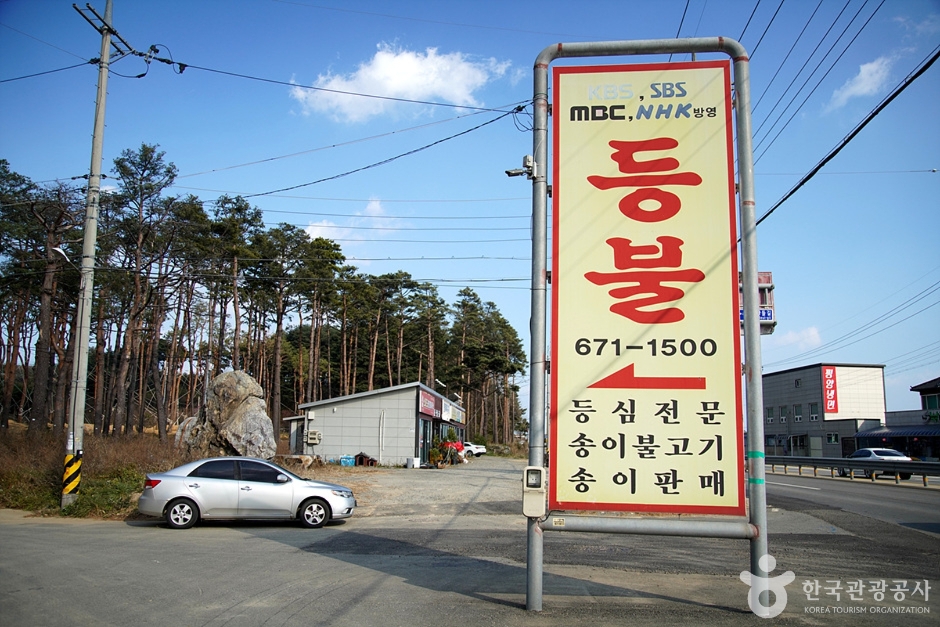

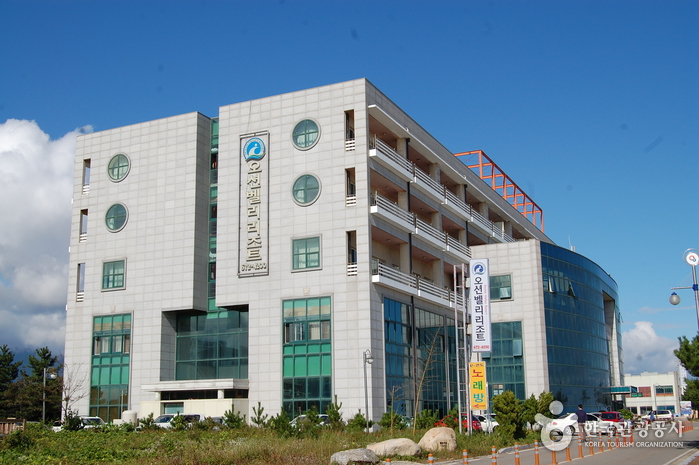
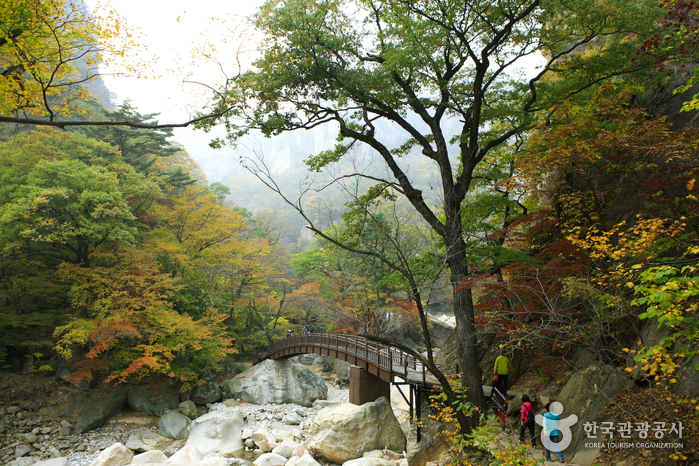
 English
English
 한국어
한국어 日本語
日本語 中文(简体)
中文(简体) Deutsch
Deutsch Français
Français Español
Español Русский
Русский